Beginner’s Guide To Lawn Irrigation Systems: Best Ways To Water Your Grass For Lush, Green Growth All Summer Long
Simplify your summer with a lawn irrigation system. Here are the basics about the most common kinds and how to use them for a lush, green lawn all summer.

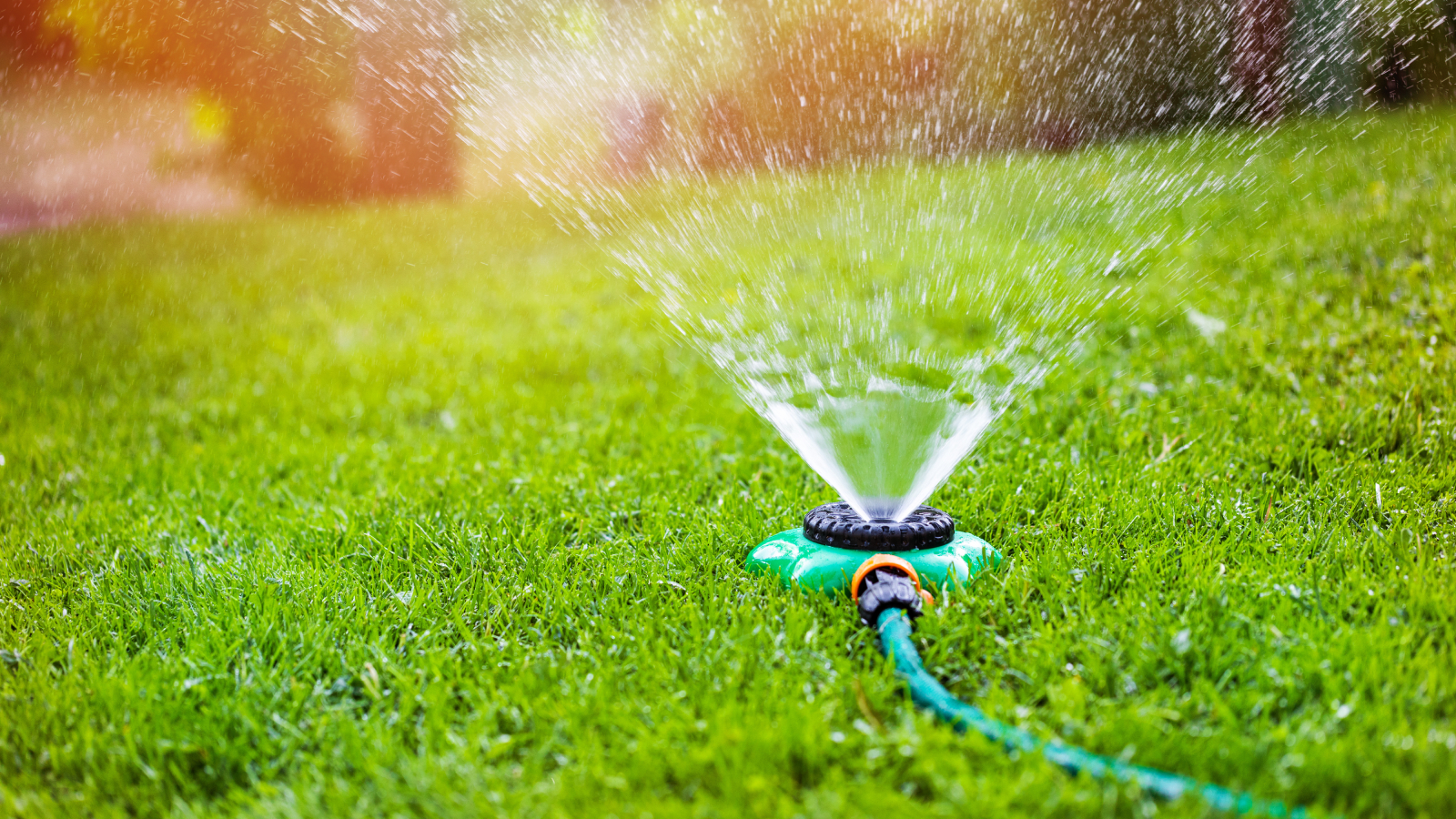
Knowing exactly how and when to water a lawn can seem daunting. After all, you don’t really want to spend a couple of hours hand spraying the grass with a hose. Thankfully, there are lawn irrigation systems that can make the job easier.
First off, following some basic lawn watering guidelines will help you decide when to water and how much to water. For example, did you know that underwatering your lawn is better than watering it too much? And watering deeply instead of giving it a little water everyday can also increase the health of your grass.
Let’s take a look at some basic tips and types of lawn irrigation systems that will help you water your grass the right amount and at the right time, so you’re not stuck hand watering your lawn all summer.
Beginner’s Guide to Lawn Irrigation Systems
Before deciding whether you need a lawn watering system, it helps to learn some more about how often to water your lawn.
Many people tend to overwater their lawn. They water too little but too often, which encourages shallow roots and doesn’t benefit good growth. Overwatering your lawn can lead to the development of diseases, more crabgrass, a higher utility expense, and wasted water.
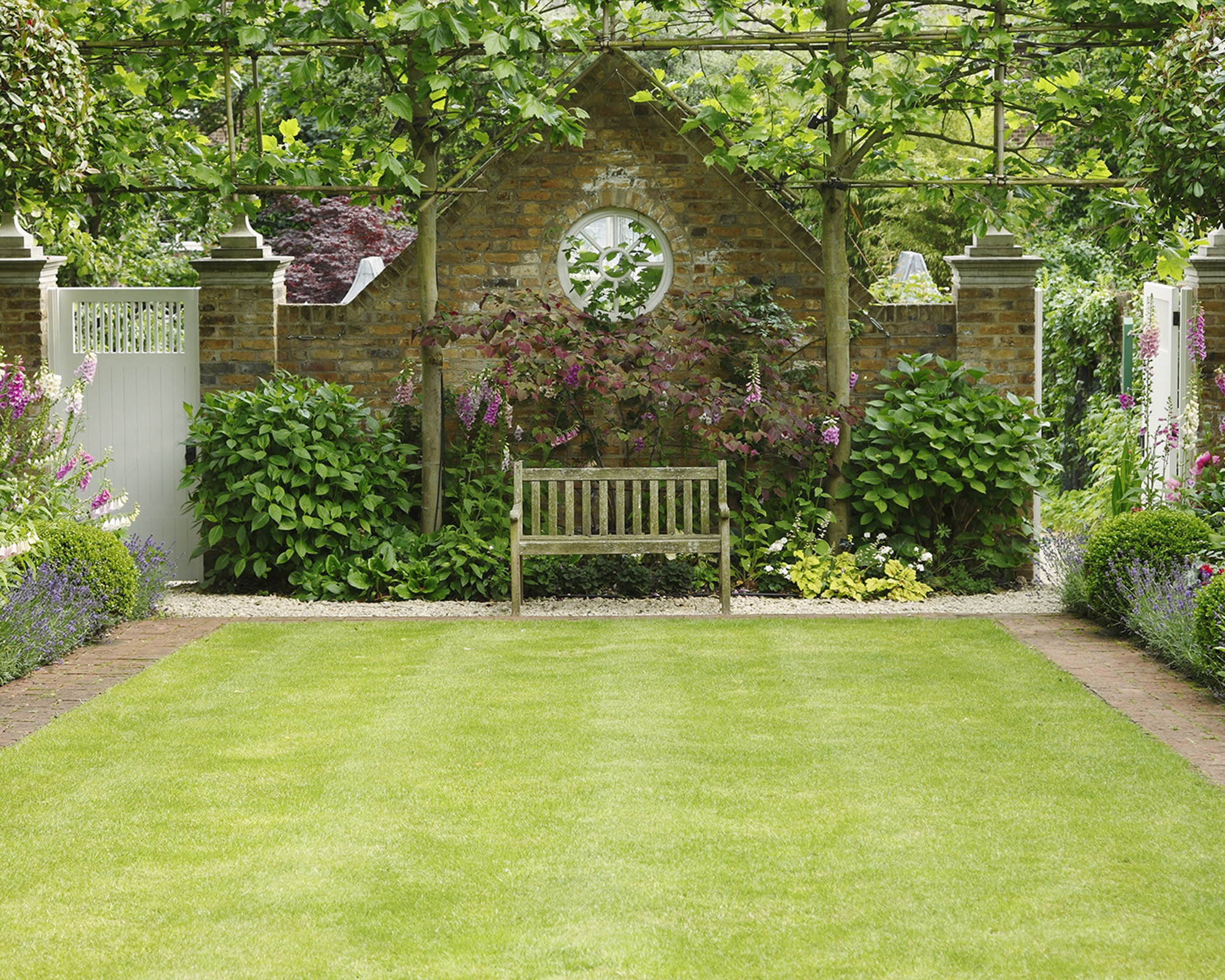
It’s best to let your lawn tell you when it is thirsty. The color will change from emerald green to bluish-green, and when you walk across the lawn you will leave footprints. This indicates water stress and signals that it's the best time to water your grass. It is not necessary to water before this as it only wastes water.
Give your lawn 1 to 1.5 inches (2.5 to 3.8 cm) of water per week and apply it all at once or in two applications spread three or four days apart.
Sign up for the Gardening Know How newsletter today and receive a free copy of our e-book "How to Grow Delicious Tomatoes".
If you wait too long to water your lawn, it will turn a grayish-green color and the turf will wilt. If watered immediately, it can recover quickly. If drought-stress continues past the wilt stage, your grass will turn brown and the turf will go dormant as a life-saving measure.
The crown and roots are still alive, but the leaves will die to save water. The lawn can stay in this dormant phase for about four to six weeks without excessive thinning of the turf, as long as you give it ample moisture soon.
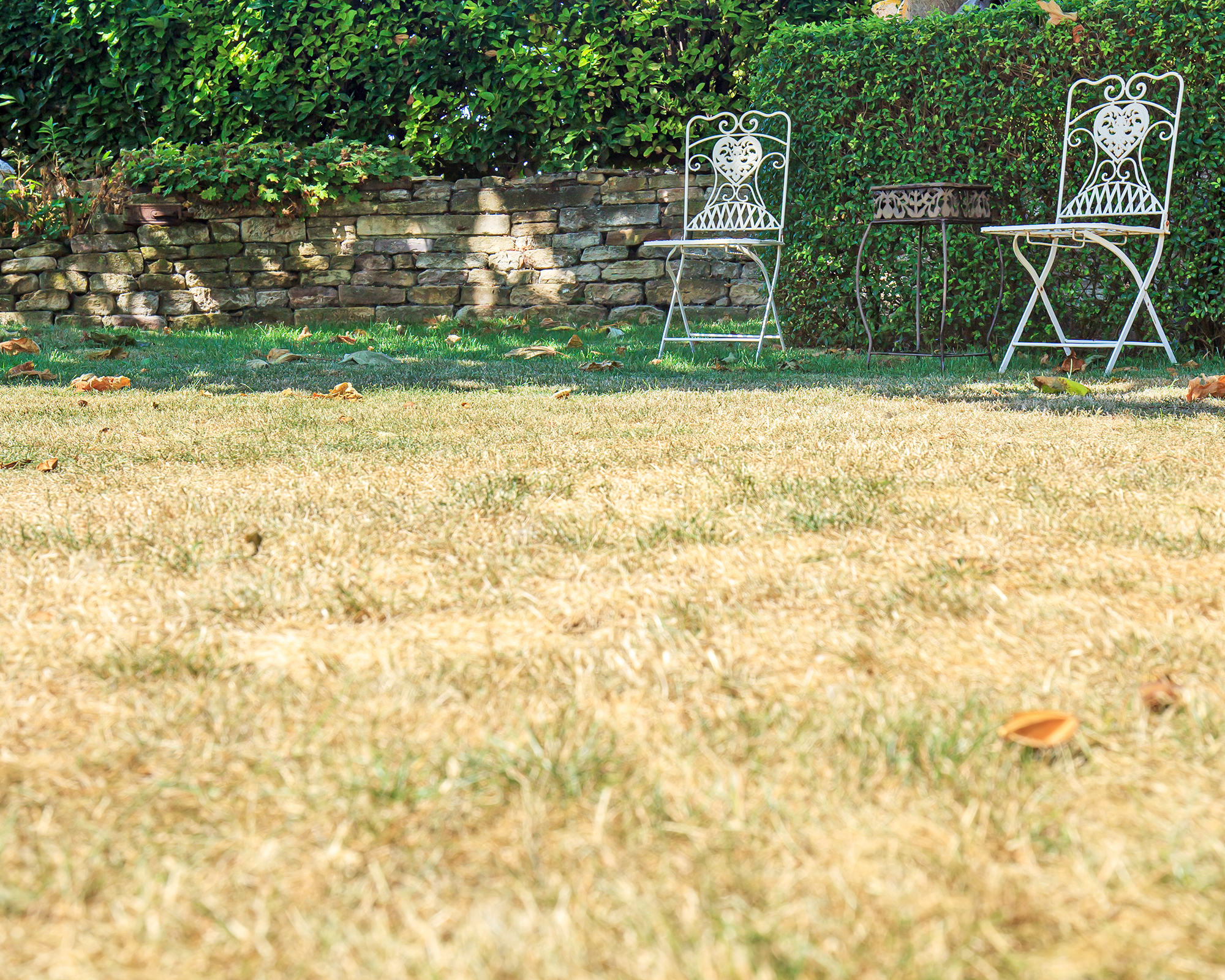
After a lawn is in this dormant condition for six weeks, water the turf with 1.5 inches (3.8 cm) of water to protect the crown and root system. You can apply 1.5 inches (3.8 cm) of water every four to six weeks during a drought to keep the root system alive. When normal moisture levels return, the leaves will begin to grow again.
If you don’t mind the look of dormant grass, you may opt to skip a lawn watering system and let nature take its course. If you like the look of perpetually green grass, then a specialized lawn irrigation system will help you keep it that way.
Types of Lawn Irrigation Systems
The most basic irrigation system for lawns is a hose attached to a sprinkler. Orbit has tons of options on Amazon for sprinklers that attach to hoses that will suit almost every lawn need.
If you forget the sprinkler is on—which is very easy to do—you may end up overwatering your lawn. In that case, you can purchase an automatic shut-off valve that will turn off the water at a certain time or that will only deliver a designated amount of water.
The water does need to run two or three hours in each location to thoroughly wet the root area of the grass, so you will have to move the sprinkler around your yard.
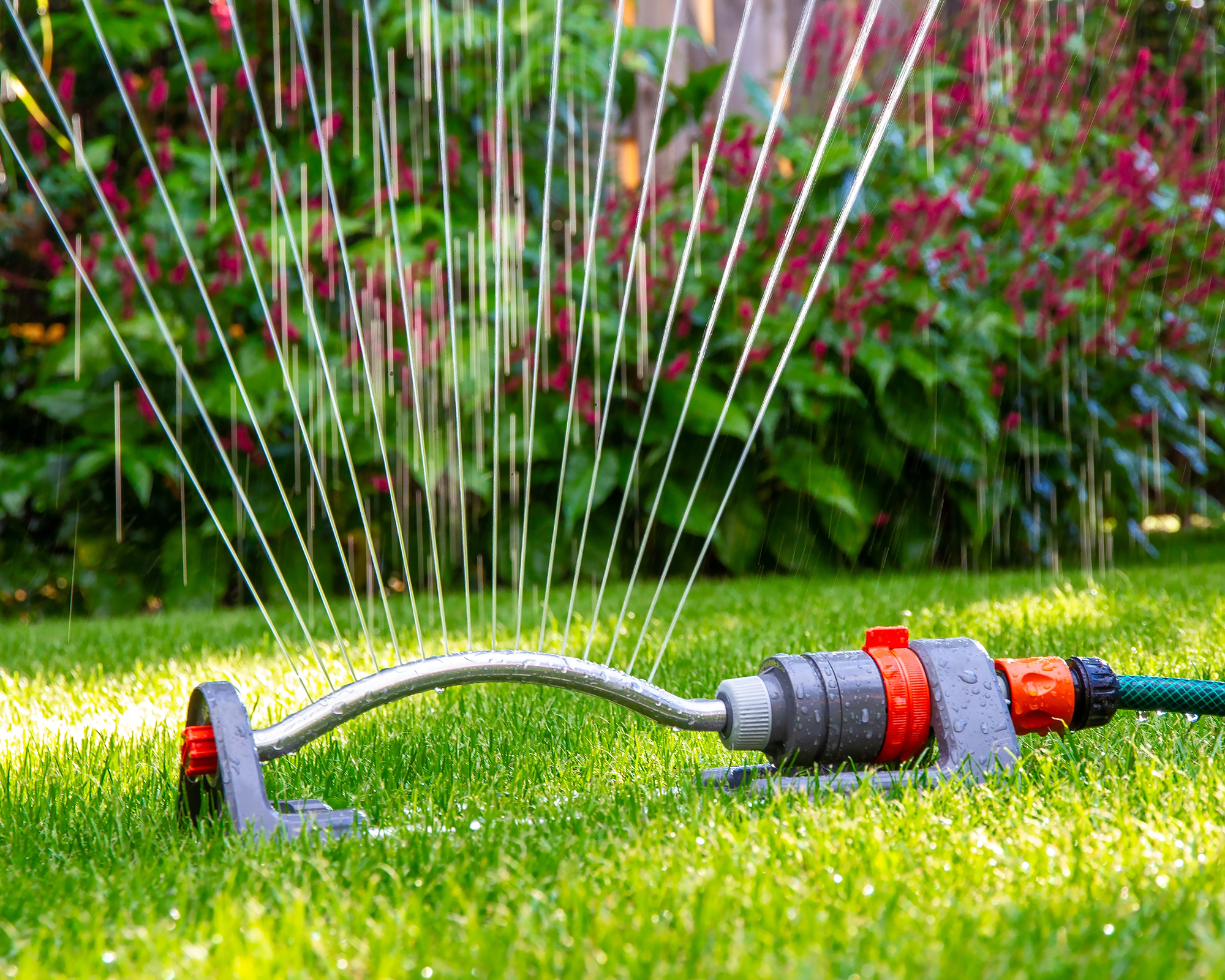
Another option is the automatic sprinkler or a smart sprinkler system, like this highly-rated smart sprinkler irrigation controller from Home Depot. Both types of systems work through a network of pipes below the soil and deliver a spray of water above ground through sprinkler heads. Spray heads and rotary sprinklers are typically used for home lawns.
The heads must be placed at precise intervals to obtain optimum watering without leaving dry spots. The water pressure should be at the manufacturer-recommended level so the water flow from the sprinkler heads will achieve the correct pattern to uniformly water the yard.
The size of your yard and the location of the sprinklers determines which sprinkler head is ideal for you. Rotary heads, like this shoppers’ favorite from Home Depot, work well for large yards because they throw water further. They can operate on permanent risers or pop-ups. They operate at high water pressure and the application rate is up to .5 inch (1.3 cm) an hour.
Spray heads are more popular in small-sized yards with irregular or curved areas. Spray heads also can be mounted on permanent risers or as pop-ups. They use a lower water pressure and have an application rate of about 1 to 2 inches (2.5 to 5 cm) per hour.
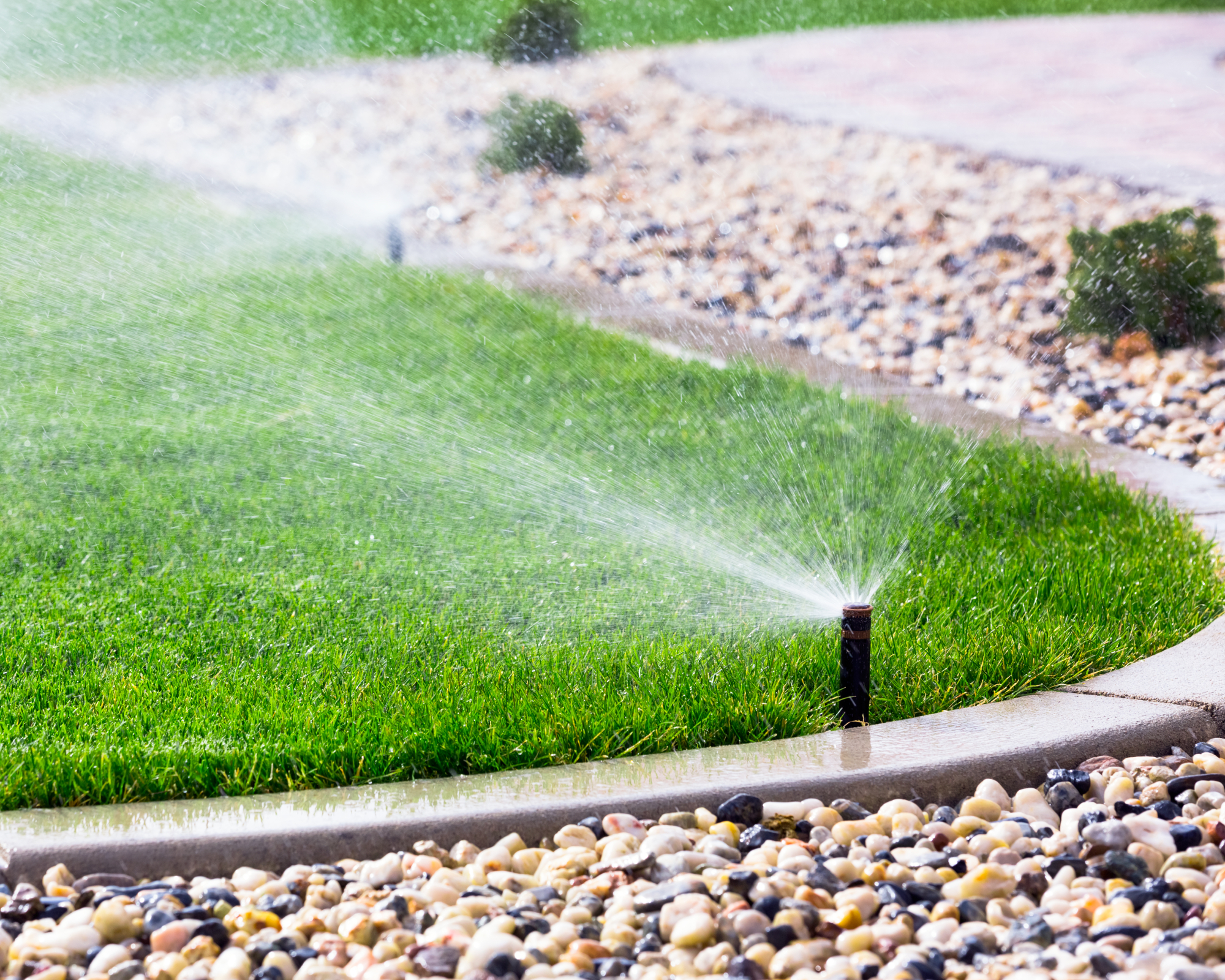
If a water meter is included with your lawn irrigation system, it shows how much water is used per minute. This information can help determine how long to keep the sprinkler system on to apply the right amount of water. A water sensor determines when it is time for the sprinklers to activate. These systems require a fair amount of maintenance such as pre-season care as well as winterization.
Another popular watering system is drip irrigation but it is typically used for ornamental gardens or fruit or vegetable gardens. Water is slowly delivered to each plant along the drip line through emitters. It reduces the amount of runoff and delivers water only where you need it.
There are subsurface drip irrigation systems that you can use for lawns, but these can be expensive and require a professional to install. If you're new to lawn maintenance, something simpler like a sprinkler is a better option.
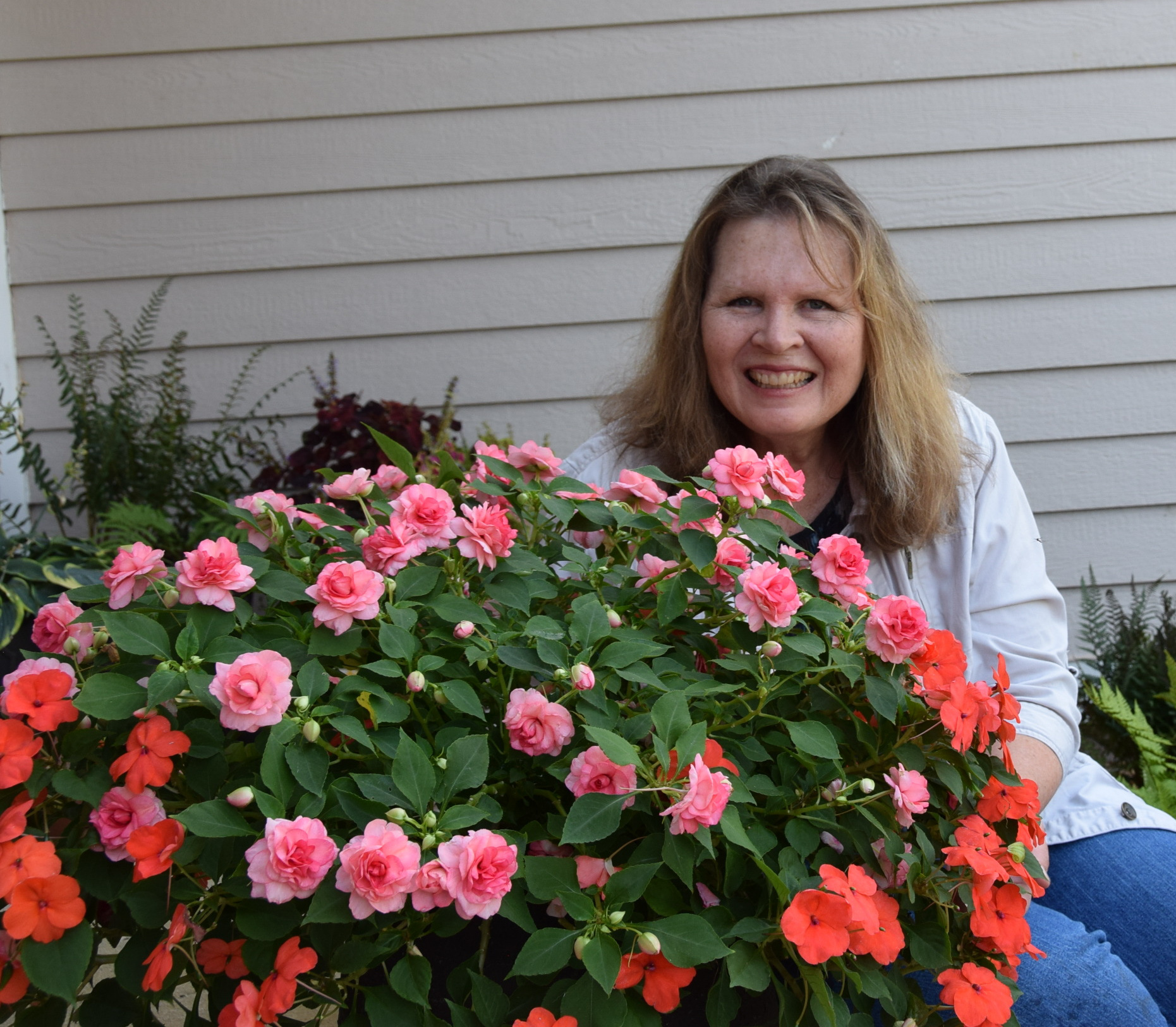
After graduating from Oklahoma State University with a degree in English, Susan pursued a career in communications. In addition, she wrote garden articles for magazines and authored a newspaper gardening column for many years. She contributed South-Central regional gardening columns for four years to Lowes.com. While living in Oklahoma, she served as a master gardener for 17 years.